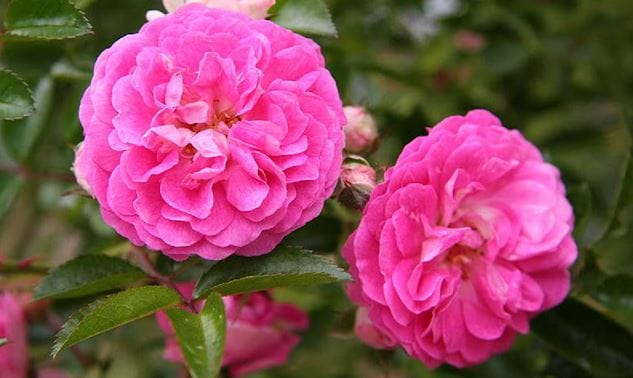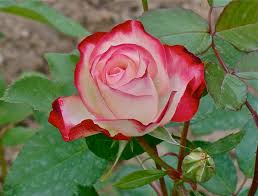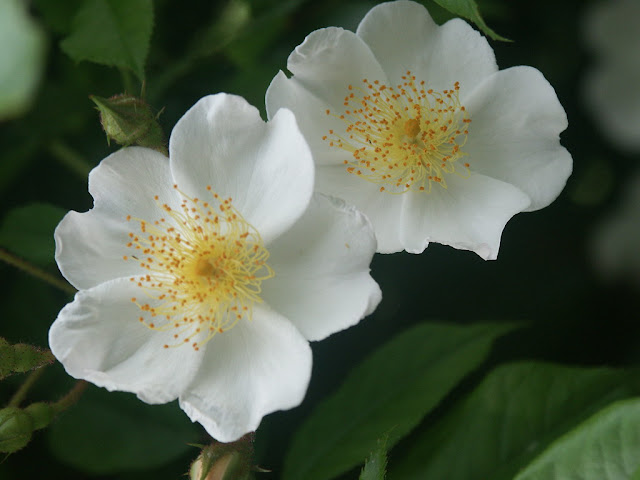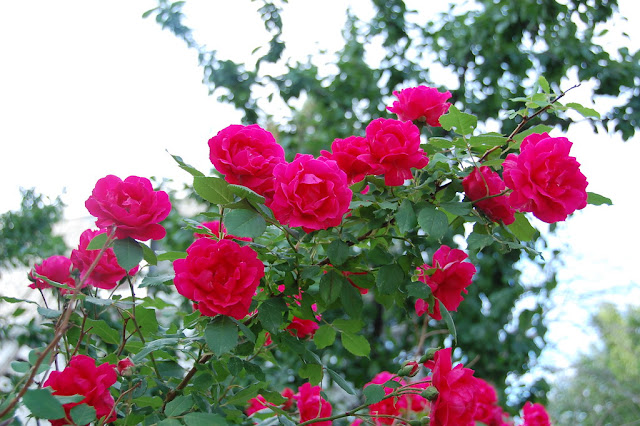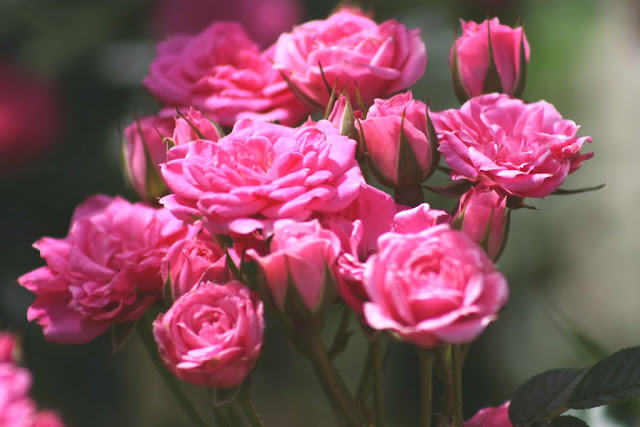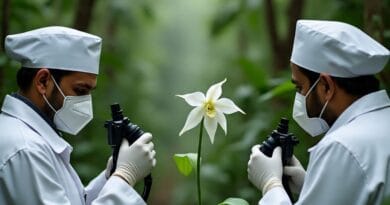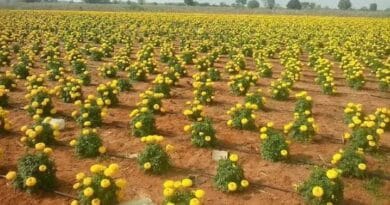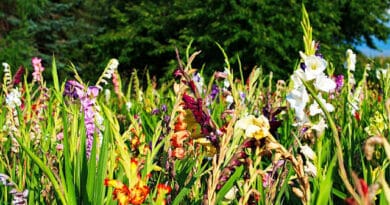Cultivation of Rose ; Rosa Sps.
Cultivation of Rose: Signs of love, beauty, and passion
The demand for its cut flowers is increasing rapidly in internal as well as foreign markets. Thus, its cultivation in India is now becoming more rewarding and economical. It is grown for cut flowers, making essential oil, rose water, and gulkand. It is mainly grown in Rajasthan, Maharashtra, Punjab, UP, Delhi, West Bengal, Karnataka, and Tamil Nadu.
Classification of Rose Plant:

- production of single blooms on long canes, elongated buds, and good keeping quality. The most popular group of roses. Obtained by crossing a hybrid perpetual and Teal rose. It is characterized by the production of single blooms on long canes, elongated buds, and good keeping quality. The most popular group of roses.
Soil & Climate for Rose Cultivation:
For the rose crop, cultivation, well-drained sandy loam soil with a pH range of 6-7 is most suitable. The bright sunshine of 6–8 hours is very essential for rose crop cultivation. The ideal temperature range for rose cultivation is 28 degrees Celsius during the night
Propagation of Rose Sp.
Rosa Indica var. odorata is for the northern plains.
Rosa multiflora for Bihar and W.B. and southern states.
R. bourboniana (Edouard rose) is a very good rootstock for making standard. Air-layering and cutting are adopted to multiply climbers and miniature roses, respectively.
Varieties of the Rose Crop:
a) Hybrid Tea ;
Yellow: Kanangi, Purnima, Basant, Ganga.
Red: Bhim, Raktagandha, Lalima. Pink – Dr. B.P. Pal, Mrinalini, Surabhi, Madhumati
Orange-Red ; Ranjana, Aruna.
Lavender-Manure; Neelambari, Anurag
b) Floribunda; Chandrama (white), Arunima (pink), Surya Kiran, Sindur, Deepshikha, Suryodaya, Usha, and Shringar (orange-red).
d)Miniature. Cri-cri (Red), Little flirt (Bright red), Little Sunset (sunset yellow), Sweet Fairy (Pink).
d)Climbing. Prosperity (white), Golden Shower (yellow), Cocktail (ped with yellow center).
e) Export varieties. Golden Times, Mercedes, Belinda, Red Success, Sonia Meilland, Montreal.
f) Striped rose varieties. Anvil Sparks (Coral red with yellow strips), Careless Love (Pink with white strips).
Planting of Rose Sp.;
Feb.-March in the hills.
a) The distance of planting in beds is generally 60-75 cm between plants and rows, depending upon the vigor of the varieties.
b) Polyanthas are planted 45 cm apart, miniatures 30 cm apart, and climbing roses 3 m apart.
c) For commercial purposes, a closer spacing of 60 cm x 30 cm has been recommended.
Pruning of Rose
1) Pruning is done once a year during October, when the rain is over and the season becomes cool.
Manuring of the Rose Crop
2) The nitrogen doses should be split into 4 equal doses, applying the first dose shortly after pruning and the remaining three at monthly intervals. Similarly, P and K doses should be split into 2 equal parts, the first dose just after pruning and the second along with the application of the third dose of nitrogen.
3) Light watering should be done soon after the application of manure and fertilizers.
Pinching of Rose Plant
Disbudding of Rose Plant ;
Wintering of Rose Plant
Disease and Pest Management in Rose Crop ;
1)Disease Management;
It causes blackening and drying of shoots from cut ends after pruning. To control a fungicidal paste-like Chaubatia Paste should be applied at the cut ends or Spray Chlorothionil 2 g/lit or Mancozeb 2 g/lit

The appearance of black spots on the leaves. It can be controlled by spraying Carbendazim @ 1 g/l twice at fortnightly intervals or Azoxystrobin @ 1g/l
It can be controlled by spraying Spray Carbendazim at 1 g/lit or wettable sulfur at 2 g/lit for controlling powdery mildew.

Immediately cut and destroy all infected blossoms as soon as they droop or die. Apply Spraying of carbendazim @ 1 g or chlorothalonil 2 g or mancozeb 2 g or azoxystrobin 0.5 g or Thiophanate methyl 0.5 g/liter of water.
Insects Management;
Appears during the winter can be controlled by spraying Rogor or Malathion. Red scale appearing mostly in August and September may be checked by spraying Roger or Metacid-50 at the rate of 0.1%.
the winter can be controlled by spraying Rogor or Malathion. Red scale appearing mostly in August and September may be checked by spraying Roger or Metacid-50 at the rate of 0.1%.

Damage the leaves during the night in July-August. Apply Thimet 10 G Thimet 10 G at the rate of 2 gm Res square meter in the soil
Flowering season and Harvesting
The flowering season starts approximately 45 days after the pruning of the rose plant, and the Harvesting of rose flowers should be done early in the morning, just as the top of the bud is starting to open. This will maximize its vase life.
